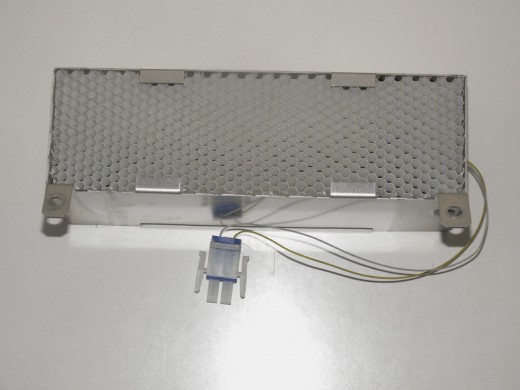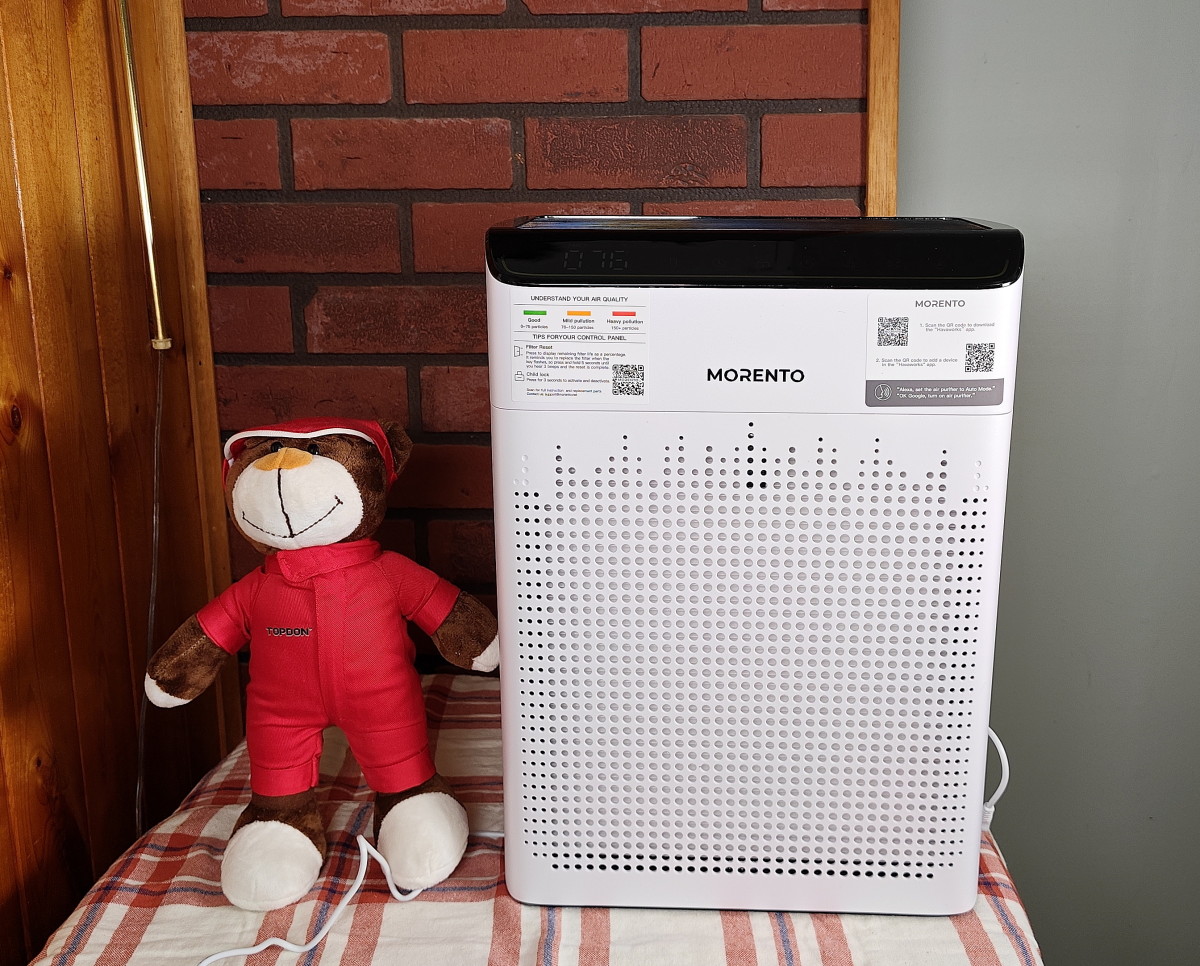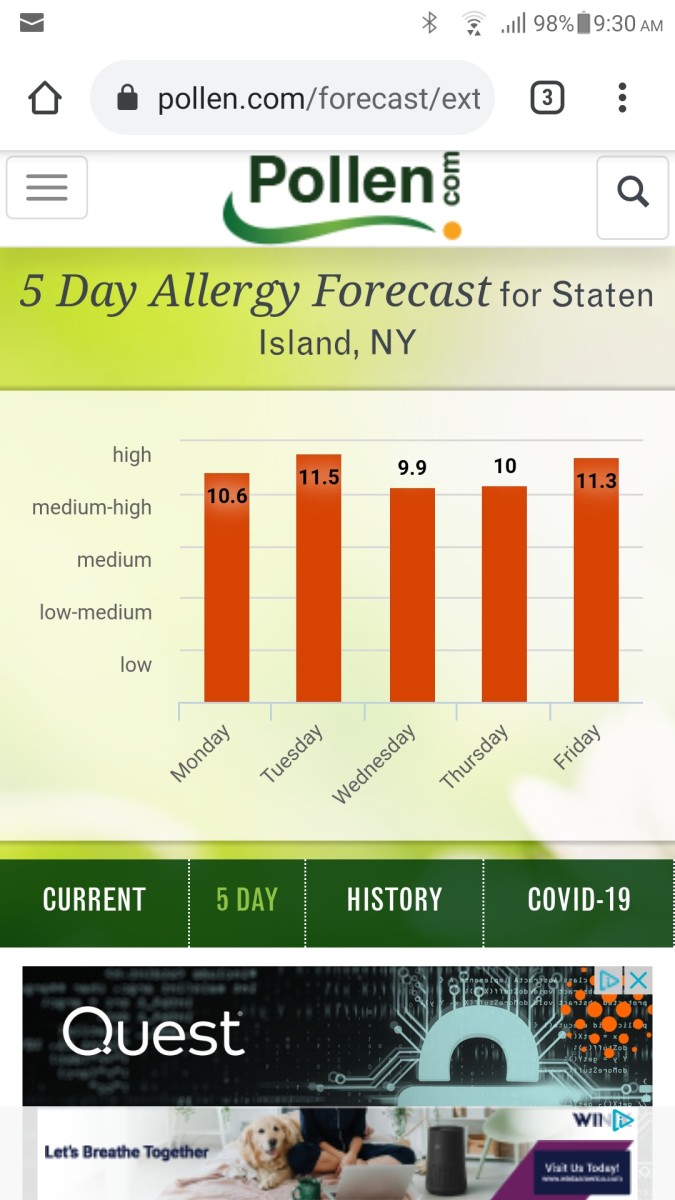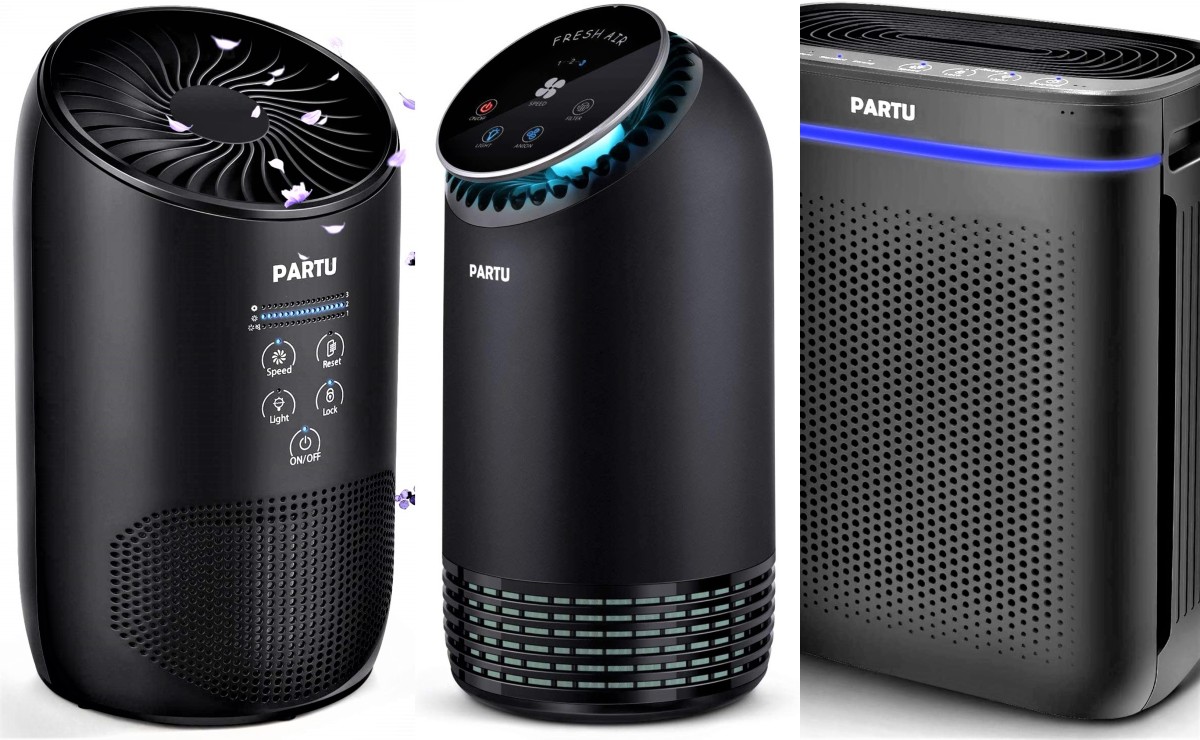How to choose a Quality PCO Air Purifier

Do you find PCO technology helpful in air purification?
Test Your PCO Knowledge Before and After Reading this Article
view quiz statisticsWhat is PCO technology?
Photo catalytic Oxidation (PCO) is the name given to a technology that NASA developed to grow plants in space. NASA faced complications growing plants because they were trying to do it in an airtight, enclosed environment. Plants put out certain gas byproducts that, in an enclosed environment, would become toxic to the humans manning the spacecraft. PCO technology oxidized those gases and eliminated the problems Astronauts would have growing plants in space.
An Example of What PCO technology can do for you. What is killing the bacteria in this situation is PCO technology!
How PCO technology works
The first PCO technology that NASA designed consisted of concentrating a Ultra-Violet (UV) light onto a titanium dioxide (Tio2) catalyst. Researchers discovered that the Tio2 acted as a catalyst (a substance that causes or accelerates a chemical reaction without itself being affected). Because the catalyst is not affected by the reaction, it can create these reactions over and over again without being used up. The reaction it creates is an oxidation reaction. This means that during the reaction hydroxyl molecules form at the surface of the Tio2 and oxidize hydrocarbon gases (like ethelyne) in the air. Further research demonstrates that the oxidation reaction also kills bacteria.
Types of PCO Technology
There were 3 general stages in the development of PCO technology. These stages are featured by 3 types of PCO technology: the flat filter above, the RCI cell at the top of the page, and the PHI Cell to the right. Originally, PCO technology looked much like the flat filter. It placed the titanium dioxide catalyst on a flat surface. But then researchers at RGF Industries discovered that they could increase the potency and effectiveness of the PCO technology by increasing the surface area around the catalyst. This led to the development of PHI (photo hydro ionization) technology. RGF Industries pioneered the advances in PCO technology with the development of PHI and then later RCI technology. Researchers also discovered that they could enhance the catalytic reaction by adding other metals to the titanium dioxide; specifically silver, rhodium, and copper.
How to choose the right PCO technology
When you choose an air purifier, you need to consider two factors; surface area and the composition of the catalyst. The majority of PCO technology is built as a cheap add on to air purifiers that use other technologies. It has limited surface area and only uses one metal (Tio2) as the catalyst. The Fresh Air purifiers by Vollara are the only ones that carry RCI technology. They offer systems that use the RCI technology with or without ozone. They also provide RCI technology for commercial applications. They are the best option. Other good options are those that have larger surface area and use four metals in the catalyst.
PCO technology is backed by Peer-Reviewed Scientific Testing
With these discoveries, RCI technology was formed. RCI technology has significantly more surface area than any other PCO technology in the industry. Combined with the 4 metal catalyst, it is unprecented in power and effectiveness. Extensive University testing demonstrates that RCI technology is not only effective against hydrocarbon gases, but also has proven extremely effective in university testing at killing bacteria like black mold, MRSA (drug resistant staph infection), salmonella, avian bird flu, and several other harmful bacteria. The flat filter type PCO filter is still common in Chinese manufactured air purifiers. A number of air purifier companies have developed 3 dimensional cell like PCO technology to provide more surface area to their PCO technology. They are similar in many ways to PHI technology although many of those may not use 4 metals as part of the catalyst. The RCI technology remains, however, the pinnacle of PCO technology. It is a patented and proprietary technology that combines the 4 metal catalyst with a surface area unequaled to date in the PCO industry.








